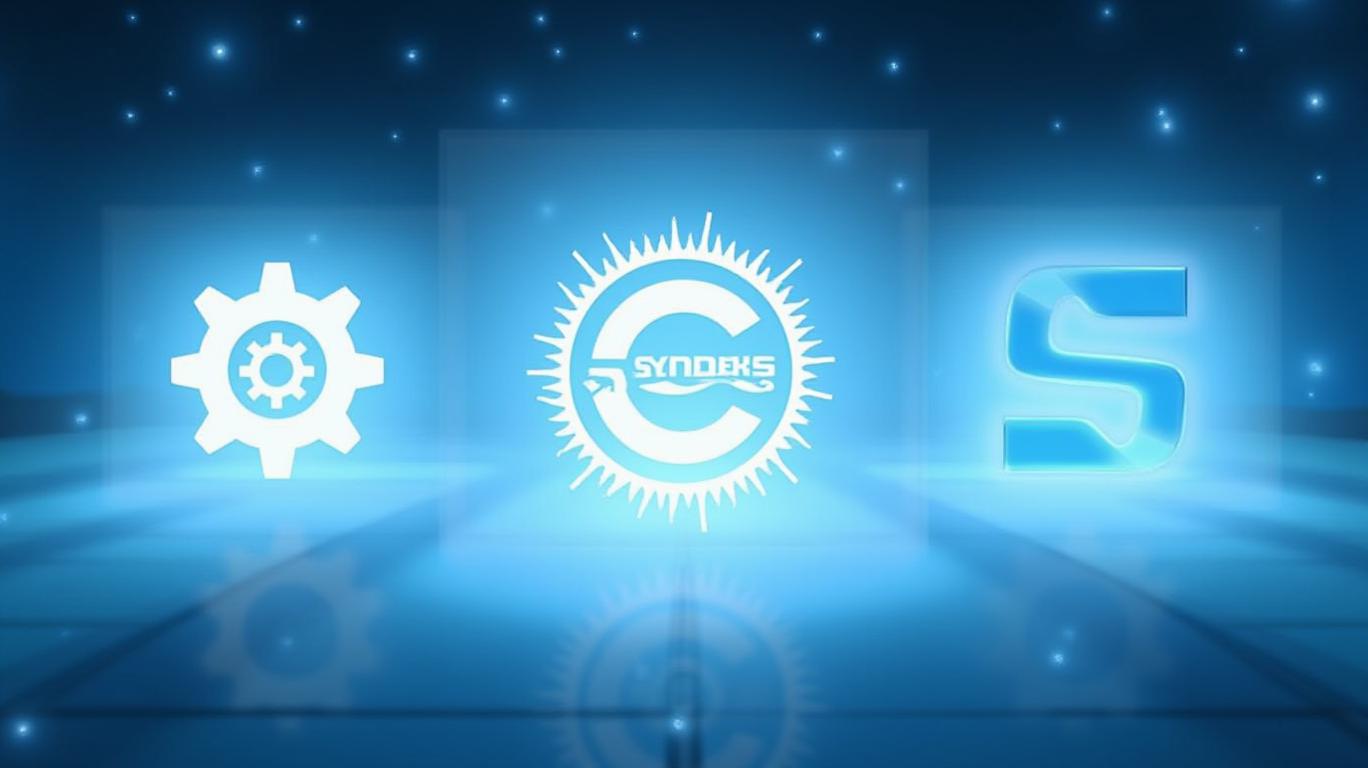EDA Titans: How U.S. Export Controls Are Cementing a New Era of Dominance
The U.S. Commerce Department's May 2025 crackdown on EDA (Electronic Design Automation) software exports to China has ignited a geopolitical firestorm with profound implications for semiconductor markets. For investors, this marks a pivotal moment to capitalize on the structural advantages of EDA leaders like
(SNPS) and Cadence (CDNS). Their 80% combined global market share—coupled with China's urgent, decades-long catch-up race—creates a rare convergence of inelastic demand, pricing power, and geopolitical tailwinds. Here's why now is the time to position for Q2 earnings and beyond.
The Strategic Goldmine of EDA
EDA software is the unsung backbone of semiconductor design, enabling engineers to translate chip architectures into manufacturable blueprints. The U.S. trio—Synopsys, Cadence, and Siemens EDA—control 74% of the global EDA market, with Chinese firms like Empyrean and Primarius lagging at just 11.5%. The Commerce Department's new rules, which bar sales to China without licenses for tools critical to designing chips at 3–7nm nodes, have weaponized this asymmetry.
The immediate hit to revenue is undeniable: Synopsys derives 16% of sales from China, while Cadence relies on 12%. Yet this is a short-term headwind for a secular tailwind. Chinese chip designers cannot abandon U.S. tools overnight—they lack the expertise and scale to replicate EDA's decades of accumulated IP. Even as Beijing pours resources into domestic EDA, its firms lag in advanced capabilities like GAA (Gate-All-Around) architectures, a necessity for 3nm chips. This creates a geopolitical chokepoint: China's semiconductor ambitions are now hostage to U.S. firms' compliance with export rules.
Why Short-Term Pain Spells Long-Term Gain
The market's knee-jerk reaction—SNPS and CDNS shares fell 9.6% and 10.7%, respectively, on May 28—overlooks the structural moats protecting EDA profits. Consider:
1. Inelastic Demand: Chipmakers cannot function without EDA tools. Even with reduced Chinese sales, demand from U.S., Taiwanese, and European clients remains robust.
2. Barriers to Entry: EDA requires a $1B+ annual R&D investment and decades of proprietary data on chip performance. China's EDA startups lack both capital and talent depth.
3. Pricing Power: With no viable substitutes, EDA firms can renegotiate terms with Chinese clients post-license approval, or leverage their position in non-restricted markets to raise global prices.
Synopsys' May 28 reassurance—that it had “not received formal notices” but reaffirmed its 2025 guidance—hints at a resilient revenue base. Meanwhile, Cadence's unchanged client support stance suggests the market overreacted to initial headlines.
The Geopolitical Multiplier: Why EDA Will Outperform
The Commerce Department's actions are just the start. The BIS is now mandating stricter due diligence on AI/chip transactions, creating compliance costs that smaller rivals cannot match. This entrenches the duopoly of SNPS and CDNS.
Moreover, China's forced pivot to本土 EDA will take years. Empyrean's tools, for example, cater to niche 28nm designs—not the cutting-edge nodes where the U.S. rules bite hardest. This delay creates a golden window for EDA giants to:
- Upsell licenses: As China's firms seek temporary workarounds (e.g., using older tools for less advanced nodes).
- Monetize IP: Charge premiums for access to advanced node software once licenses are granted.
- Expand into AI/Cloud: EDA's role in optimizing chips for AI training and data centers is expanding, with no Chinese competitors in this space.
Action Plan: Buy Ahead of Q2 Earnings
Investors should front-run this opportunity by purchasing SNPS and CDNS now. Key catalysts loom:
- Q2 Earnings (July/August 2025): Expect resilience in revenue despite China headwinds, driven by non-Chinese demand and cloud/AI contracts.
- License Clarity: By late 2025, BIS will finalize rules, likely allowing limited sales with strict terms—unlocking pent-up demand.
- Competitor Weakness: Chinese EDA firms' failed attempts to scale will further cement U.S. dominance.
Risks? Minimal at These Levels
Bear arguments focus on:
- Policy Uncertainty: But the Trump administration's hawkish stance on China makes rollbacks unlikely.
- Workarounds: Even if Chinese firms use subsidiaries in Hong Kong or Taiwan, the BIS's 50% ownership rule and “red flag” guidelines (e.g., suspect end-users) limit evasion.
Conclusion: The Chokepoint Play
The Commerce Department's export controls have turned EDA into a geopolitical lever. SNPS and CDNS are not just software vendors—they're gatekeepers to the $600B semiconductor industry. With no credible challengers and a captive market, their stocks are poised to rebound sharply post-earnings. The message is clear: Buy now—before the world realizes how unbreakable this duopoly truly is.
The time to position in EDA is now.

Comments
No comments yet